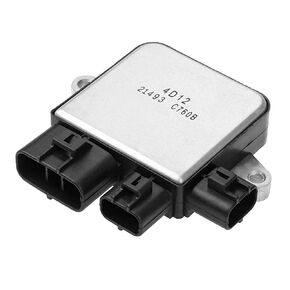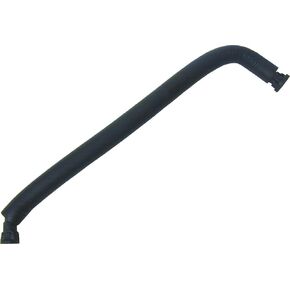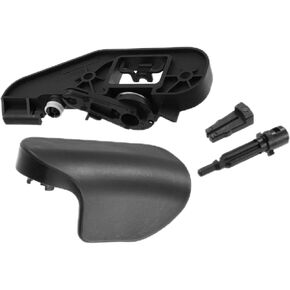- Shopping, made easy.
- /
- Get the app!
Your car battery is an essential piece of your vehicle, providing one of the most important functionalities: starting the car. In most traditional vehicle types - that is, cars that run on gasoline - the battery is an SLI, a starting, lighting, and ignition battery. It's primarily used to start the engine, but also powers auxiliary components of the automobile including the lights and radio. Once the engine is running, the majority of the energy used to power your car is generated by its alternator. But turning the car on is an essential function of the car battery, a function without which the car is rendered pretty useless. When you turn the key and hear some sputtering, or maybe nothing at all, but the engine fails to start, a dead battery is probably the culprit. A jump start, also called a boost, is a procedure of starting a motor vehicle (most commonly cars or trucks) that has a discharged or depleted battery. A temporary connection is made to the battery of another vehicle, or to some other external power source. The external supply of electricity recharges the disabled vehicle's battery and provides some of the power needed to crank the engine. Once the vehicle has been started, its normal charging system will recharge, so the auxiliary source can be removed. If the vehicle charging system is functional, leaving the engine running will restore the charge of the battery, although it is usually recommended to drive the vehicle for a few minutes after starting to speed up the recharging process.
 1355A408 Radiator Cooling Fan Control Unit Module Replacement for 2003-2007 Mazda 6 3.0L 2002-2005 Mazda MPV 2002-2006 Mitsubishi Lancer (Except Turbo EVO) Outlander 1C232-19700 AJY215SC0 AJ511515YA
KWD 9
1355A408 Radiator Cooling Fan Control Unit Module Replacement for 2003-2007 Mazda 6 3.0L 2002-2005 Mazda MPV 2002-2006 Mitsubishi Lancer (Except Turbo EVO) Outlander 1C232-19700 AJY215SC0 AJ511515YA
KWD 9
 MOTOALL Lead Wire Repair Harness Voltage Regulator Connector Plug Wiring Pigtail 4 Way Female for Alternator GM Buick Chevrolet Chevy Cadillac Pontiac GMC Saturn CS130 CS121 CS144 1986-on
KWD 4.500
MOTOALL Lead Wire Repair Harness Voltage Regulator Connector Plug Wiring Pigtail 4 Way Female for Alternator GM Buick Chevrolet Chevy Cadillac Pontiac GMC Saturn CS130 CS121 CS144 1986-on
KWD 4.500
 URO Parts 11617504536 Breather Hose, Oil Separator to Valve Cover
KWD 5.500
URO Parts 11617504536 Breather Hose, Oil Separator to Valve Cover
KWD 5.500
 DJF 8J1823533C+8J1823633C Hood Latch Release Handle +Mount Bracket Holder Spring Fit for Audi TT TTs
KWD 11
DJF 8J1823533C+8J1823633C Hood Latch Release Handle +Mount Bracket Holder Spring Fit for Audi TT TTs
KWD 11